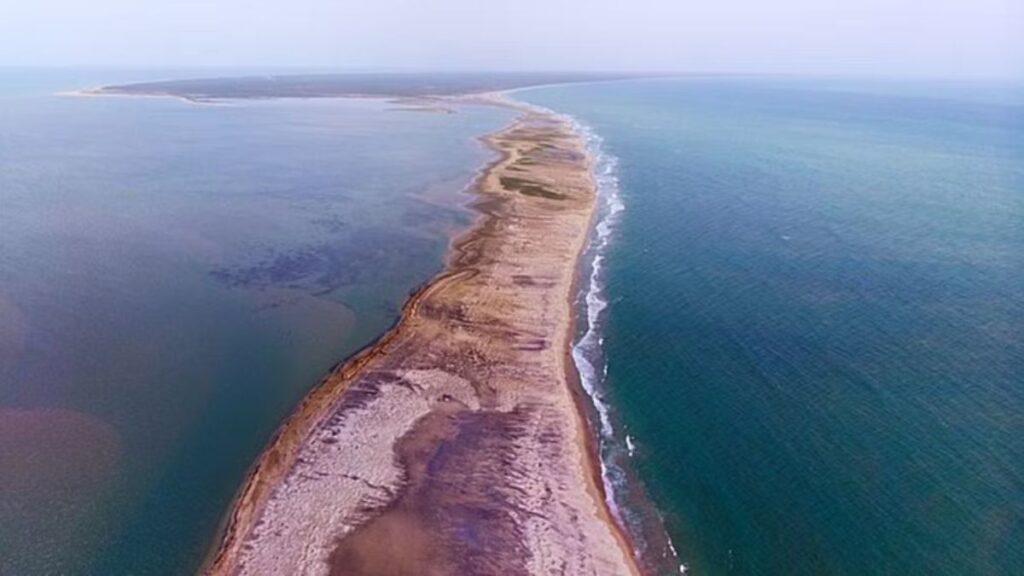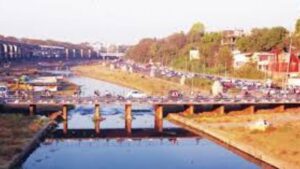ISRO Scientists Create First Ever Undersea Map of Ram Setu

In a groundbreaking achievement, ISRO scientists have unveiled the first undersea map of Ram Setu, also known as Adam’s Bridge. This extensive mapping exercise, utilizing data from a US satellite, provides the most detailed depiction yet of the 29 km land bridge that connects India and Sri Lanka.
Unveiling the First Undersea Map of Ram Setu
Using NASA’s ICESat-2 satellite, which carries a laser altimeter capable of penetrating shallow waters, the scientists at ISRO’s National Remote Sensing Centre (NRSC) have produced an intricate map showing the bridge’s height as 8 meters from the seabed. This new undersea map of Ram Setu reveals intricate details that can help resolve the long-standing controversies regarding its origin.
Key Findings from ISRO’s Mapping Exercise
- Detailed Mapping: The map shows the entire 29 km stretch of Ram Setu.
- Height Measurement: The bridge stands 8 meters above the seabed.
- Water Penetration Analysis: NASA’s ICESat-2 satellite allowed for water penetration, providing precise elevation data.
- Submerged Structure: 99.98% of the bridge is submerged in shallow and super-shallow water, making ship-based surveys challenging.
- Narrow Channels: 11 narrow channels were identified under the bridge, with depths ranging between 2-3 meters, facilitating water exchange between the Gulf of Mannar and the Palk Strait.
The Significance of Ram Setu
Ram Setu, or Adam’s Bridge, extends from Dhanushkodi on Rameshwaram Island in India to Talaimannar in Mannar Island, Sri Lanka. It consists of a chain of limestone shoals, with some sections exposed above the water but lacking any rock or vegetation. In the epic Ramayana, Ram Setu is described as a bridge constructed by Lord Rama’s Vanara (monkey) army to reach Sri Lanka and rescue Goddess Sita from the demon king Ravana.
Historical and Geological Perspectives
Geological evidence suggests that the genesis of India and Sri Lanka is closely linked to the ancient supercontinent of Gondwana. The land bridge likely formed due to tectonic activities and fluctuations in sea levels associated with deglaciation. Historical records also indicate that the bridge was above water until 1480, when it was submerged during a cyclone.
Conclusion
The creation of the first undersea map of Ram Setu by ISRO marks a significant step forward in understanding this ancient and culturally significant structure. The detailed data provided by this mapping exercise will undoubtedly contribute to further studies and debates regarding the origin and history of Ram Setu.







